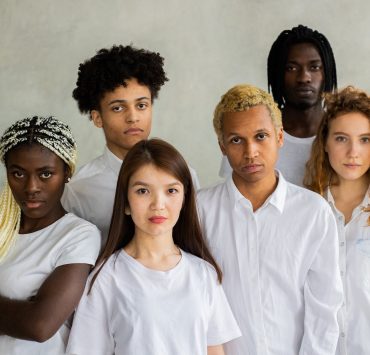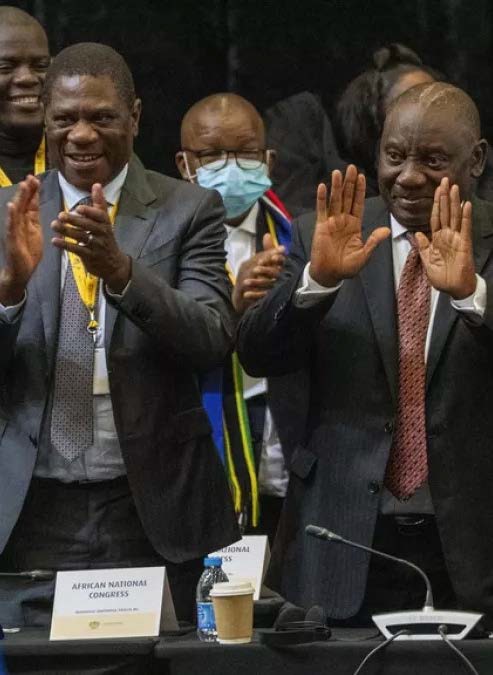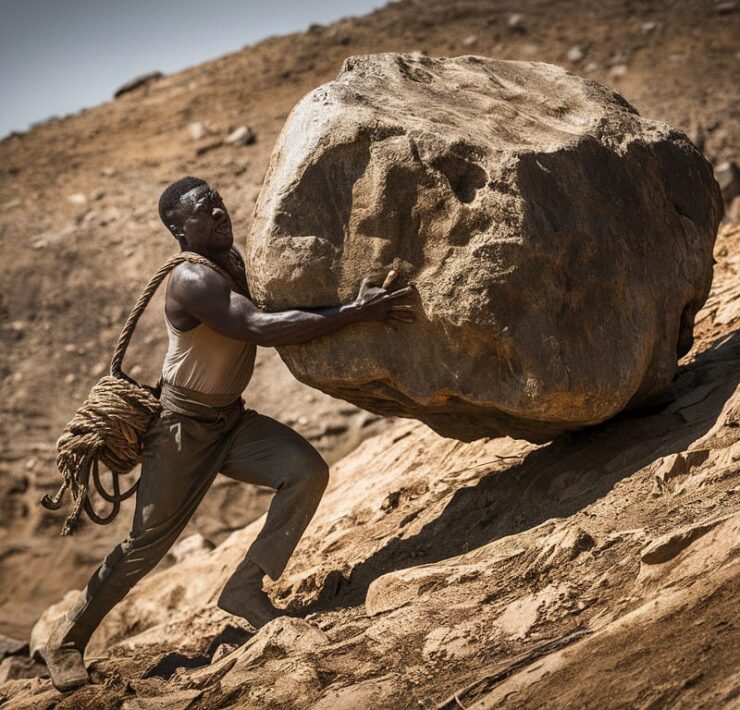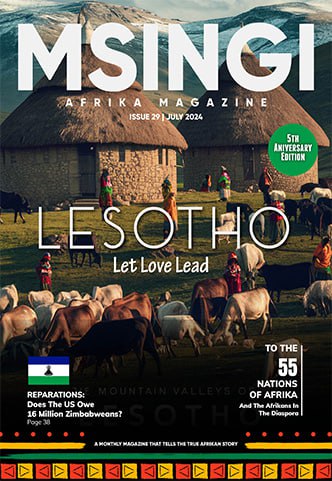Do the Teaching Methods Currently in Use in Africa Work?
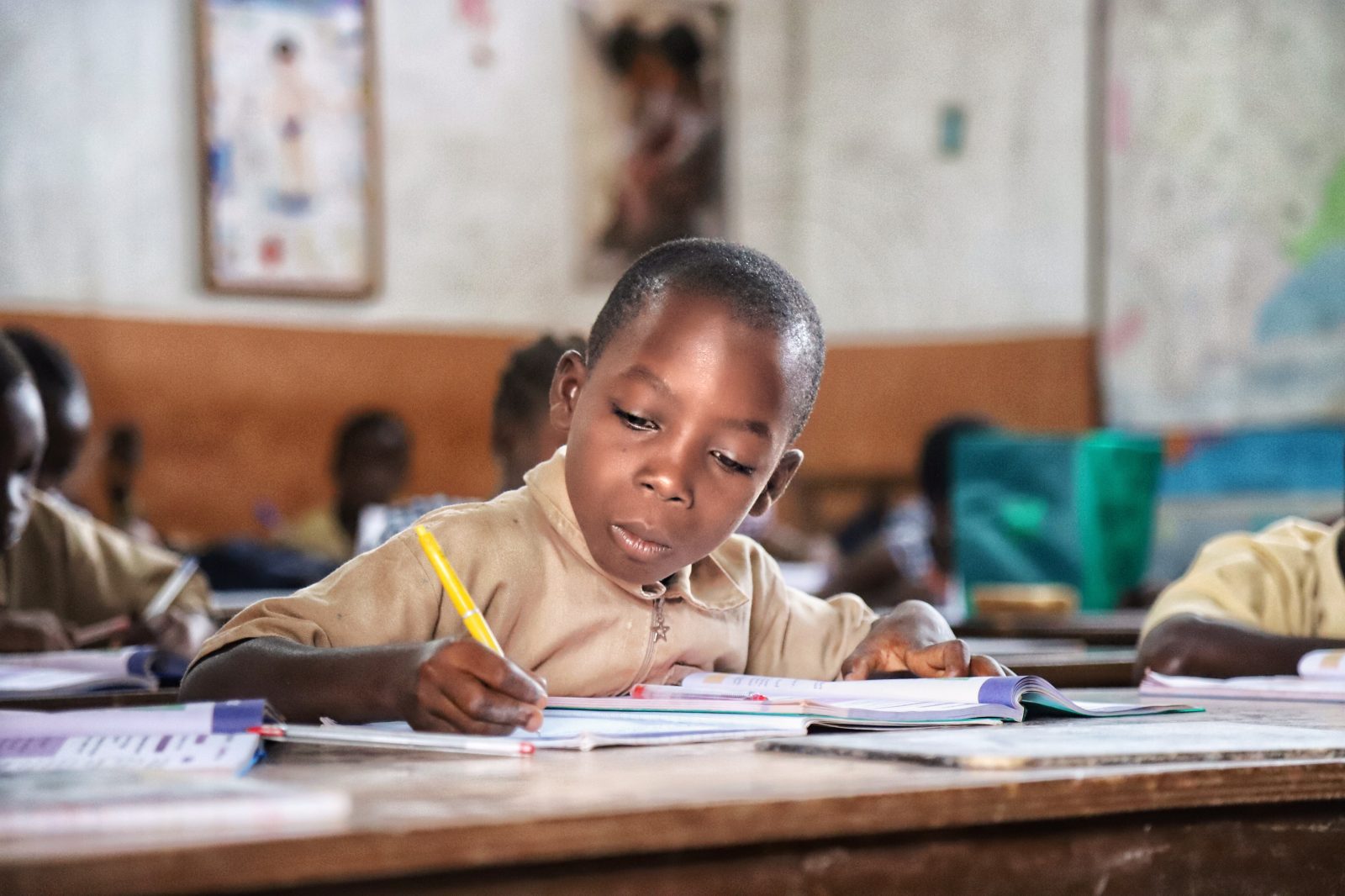
Sherry Alvarez is a freelance writer and researcher with a…
Several countries across Africa continue to grapple with challenges in their education sector. Most of Africa’s education and training programs are marred with low-quality teaching and learning methods stemming from inequalities and exclusion at different levels. A large number of students remain out of school, even though children have an increasing access to primary education.
The Journal of African Economies reports that nearly one in three African children fail to complete primary school. Even those who complete basic education still experience limited literacy or numeracy skills, marking a crisis in learning among students in the region. To this end, educators play a crucial role in addressing Africa’s low performance in achieving a consistent level of education. Because quality education is key to addressing poverty, governments have much to gain from investing in teachers across the continent.
Teachers are in a strategic position to explore different teaching methods to advance quality education. Today, we’ll explore two different teaching methods currently in use in Africa and see how they fare through real-world examples.
What are some of the teaching methods currently in use in Africa?
Technology-guided education
Because most African countries today have started to use advanced telecommunications infrastructure, technology is also used to support teaching and learning in school. Technology is now included in most educational management strategies because it broadens the worlds of African learners.
Because of these benefits, technology has been a central focus in teacher education in Africa. The effective utilization of technology is evident in how Bridge Kenya Academies approaches teacher training. Because teachers need resources that will enable them to teach effectively, they provide each of their teachers with a tablet on which they can download teacher guides for over eight hours of daily lessons. This method frees them from the demands of lesson planning and helps them focus solely on teaching their students. With the proper support and materials, educators can achieve pupil-centered classrooms designed to help children maximize their potential.
Experiential learning
Experiential learning branches out from traditional learning methods because it provides a plethora of resources students can access beyond what standard textbooks and classroom teaching can provide. Experiential learning is done through vocational training or apprenticeships or incorporated into institutional learning, especially in primary schools. This method is centered around education by doing and appreciating the process on top of the learning outcomes.
In Tanzania, for example, teachers use experiential learning strategies such as tree-planting activities to demonstrate environmental principles. UNESCO highlights that teacher education needs to be more adequately aligned with the Sustainable Development Goals, and Tanzania is responding to this call through teacher education programs. Teacher training in Tanzania implements experiential learning strategies such as tree-planting activities to demonstrate environmental principles. This example illustrates how experiential learning is centered around learning by doing and appreciating the process on top of the learning outcomes.
Do these teaching methods work?
Student completion in the African continent remains a concern, and there are continuous efforts to address poor approaches to teaching and learning. Methods such as experiential learning and technology-guided education are some of the ways African countries have responded to the need for quality education.
In her article entitled ‘The History and Development of Education in Afrika’, Msingi Afrika Magazine contributor, Medina Sy, highlighted the need to revolutionize and revise the education system on the continent. Although these methods are certainly not perfect, they are paving the way for a more promising future for young African learners.
Equipping children with the necessary tools to create and influence their future requires the continuous efforts of institutions and governments. Supporting teachers through constant training and reshaping their teaching methods is one way to secure a sustainable future for the next generation.
What's Your Reaction?
Sherry Alvarez is a freelance writer and researcher with a keen interest in primary and secondary education. She is passionate about early literacy and aims to keep people well-informed about the latest teaching trends. When she's not working on a new piece, Sherry enjoys volunteering at her local community shelter.









